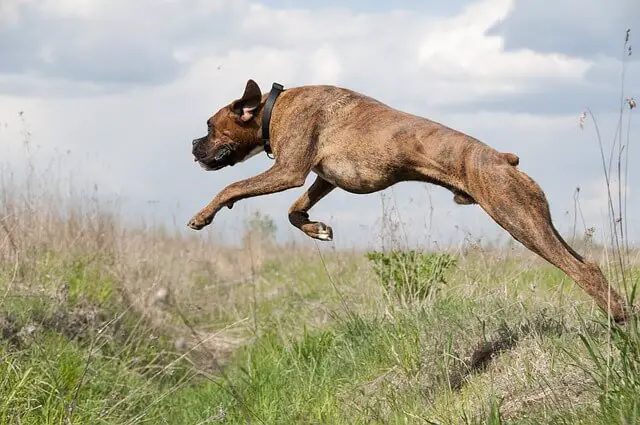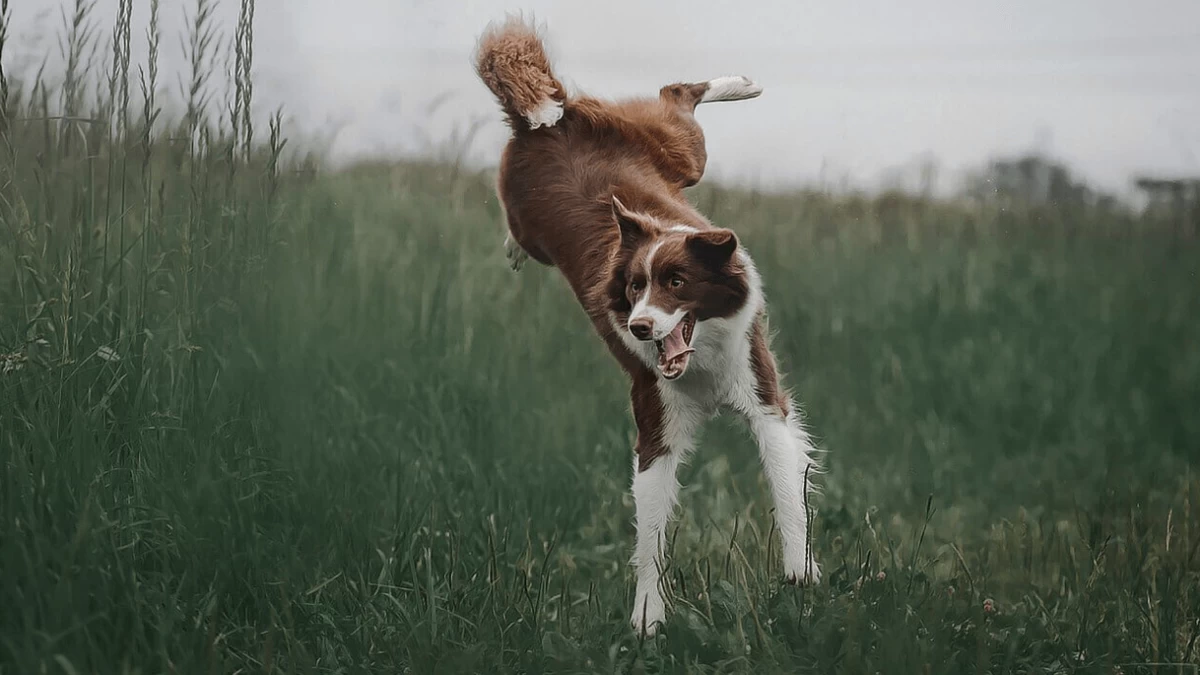What is Elbow Dysplasia in Dogs?
16.02.2021.
One of the first things we need to make sure, as new dog owners, is that our puppies are as healthy and as happy as possible. Getting a new dog is rarely connected with thinking about diseases or defects, but the sad truth is, some health problems are a reality. One of these problems is elbow dysplasia in dogs.
Elbow dysplasia, alongside hip dysplasia, is a common skeletal disorder that affects poorly-bred dogs. Owners should know how to spot it so that treatment can begin as soon as possible. Here is what you need to know about elbow dysplasia.
What is elbow dysplasia in dogs?
Elbow dysplasia in dogs is a skeletal deformation that is a common cause of lameness and limping in puppies’ front legs. As the name suggests, this health condition affects a dog’s elbows, and if not treated, can worsen and cause different levels of discomfort and pain.
Like the more famous hip dysplasia, this condition usually affects larger breeds that grow fast. If an injury happens or the dog has a genetic predisposition, certain development defects can occur, and the puppy or dog can develop elbow dysplasia. This condition can worsen over time, so you must take your dog for consultation.

All dog breeds can be affected by ED, and that is why elbows are one of the main things judges, doctors, and breeders check on their dogs. If the breeding dog has bad elbows, they are usually excluded from the breeding program. Some breeds are more prone to ED than others, and these breeds are:
- Rottweilers
- Bernese Mountain Dogs
- Newfoundlands
- Dogue de Bordeaux
- German Shepherds
- Saint Bernards
- Amstaffs
- Bullmastiffs
- Great Danes
- Bearded Collies
- Labrador Retrievers
How to spot it?
Even if owners don’t know the exact symptoms of elbow dysplasia, they usually notice that something isn’t right with their dogs. Symptoms can be displayed when the puppy is only four months old, but the severity of elbow dysplasia will determine which symptoms will show, and how soon.
Dogs will usually display some sort of discomfort level. It might be mild, or it can be severe pain, depending on the state of the affected elbow. Both elbows are usually affected, but one is typically worse. Some of the most common symptoms are:
- Lameness, intermittent or persistent, worsen by exercise
- Problems getting up
- Limping
- Dogs refuse to go for walks
- Dogs refuse to exercise
- Reluctant to run or play
- Swelling in the elbows
- Elbows positioned in weird angles
- Front paws pointing outwards
- Decreased range of motion
Diagnosis
If an owner suspects something is wrong with their dog’s elbows, they should take their dog for a thorough check-up. The vet will check your dog’s medical history and observe their gait. Usually, there is an unusual gait because the dog will try to spare their elbows and not cause themselves pain. The last thing the vet will do is X-rays that will confirm the severity of the elbow dysplasia.
Some vets might find the X-rays inconclusive. If that happens, they will most likely send the pictures to a certified radiologist. They are a medical professional who specialized in reading x-ray pictures. They have a keen eye on smaller changes and deformities than other vets.

Vets can also suggest an MRI or fluid extraction from the affected joint. The fluid analysis will let your vet know if there are any underlying conditions such as infections or inflammations that need to be taken care of. It will also help your vet determine which is the best therapy option for your dog.
What causes elbow dysplasia?
Dog’s elbow has three separate bones. They are called radius, ulna, and humerus. Elbow dysplasia can be caused by four different skeletal conditions that can cause various deformities. They are;
- Elbow Incongruency - The joint structure has not developed correctly, and the cartilage deteriorates rapidly.
- Fragmented Coronoid Process - This is a condition where a piece of bone broke off inside of the elbow joint. There, it irritates the joint and causes the cartilage to deteriorate.
- Ununited Anconeal Process - The growth plate has not closed properly, causing a piece of bone to detach and irritate the elbow joint. The elbow will most likely be deformed.
- Osteochondrosis Dissecans - This is a condition where a piece of cartilage detached from the joint and is causing inflammation, pain, and irritation.
Treatment of elbow dysplasia in dogs
Luckily, elbow dysplasia is treatable, and the best option will be determined by the severity of your dog’s condition. The vet should confirm how seriously affected your dog is, and if the symptoms are milder and the condition is not that serious, they will probably advise a non-surgical approach.

Symptoms can be managed through therapy with NSAIDs or opioids like tramadol. Supplements such as glucosamine and chondroitin for joint problems are probably a good idea. They can ease the inflammation and pain with amino acids and omega fatty acids that will lubricate the joint and ease the pain. You can read more about the effects of glucosamine on dogs here - Glucosamine for dogs.
If that is not the best option, your vet might suggest surgery. There are two ways to approach it - open joint surgery or arthroscopy. Arthroscopy is done by using a fiberoptic scope, which helps the doctor enter the elbow joint and clean loose joint parts or bones.
Open elbow joint surgery is a great option, but the surgeon needs to be experienced and highly recommended. It is a tricky procedure, and some vets are not equipped to perform it. Unfortunately, there is no elbow replacement surgery. It is currently being developed, but we are still years away from having a procedure that will be effective.
World Dog Finder team







Share